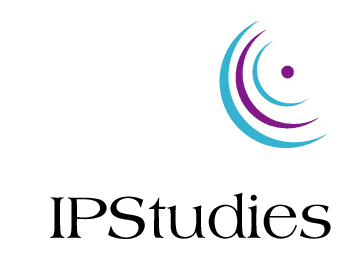The past 24 hours have brought new light and significant moves in the complex CRISPR patent landscape.
First (that was in European time zone!), our CRISPR expert Fabien Palazzoli celebrated the 1000th CRISPR patent family extraction out of the worldwide published patent databases. Our next monthly update will actually feature more than 1050 classified and categorized CRISPR patent families – more than 10 times the initial set of our first landscape release back in summer 2014!
Second, yesterday the USPTO organized the first oral hearings on the highly scrutinized CRISPR patent interference between the pioneering patent application from Doudna, Charpentier and their teams at University of California and University of Vienna and the first CRISPR genome editing granted patents from Zhang and his team at the Broad Institute. Both parties were represented by their lawyers, who had 20mn to defend their case. The audience was opened to the public and ended up so crowded that the USPTO had to allocate additional rooms for attendees who had been waiting in line for more than one hour to get a seat. No live transmission or audio/video recordings were allowed from the audience rooms, but the reporter from The Scientist sent an update from the corridor as soon as she could through Facebook, before publishing a more consistent written report last night. Right after the hearings, Prof. Jacob Sherkow also presented an insightful summary of the history behind the case and the latest developments at a panel organized by American University’s Washington College of Law. The full panel video can be watched here. These hearings were useful to confirm the respective positions of the two parties, and also somehow their background IP strategy, as pointed out by both Prof. Jacob Sherkow and Prof. Robert Cook-Deegan at the panel:
- UC is focusing on securing the broadest possible coverage of their earlier patent application on the core CRISPR technology invention, including the coverage of eukaryote applications.
- Broad is defending the non-obviousness of their eukaryotic patent claims in view of the early UC works, back in 2012. Broad also defends some of their more specific claims, for instance on the use of the saCAS9 variant, to get at least partly out of the interference case, in line with their strategy of securing their position in the CRISPR patent landscape by filing multiple patents on incremental innovations.
- The Broad strategy highlights the current trend in pharma/biotech IP management, that consists in densifying and diversifying the patent portfolios to end up with a mosaic of multiple patents on a single technology, to overcome the new risks of single patent challenging in the US.
- In contrast, UC seems to apply the more conventional “pioneering patent takes all” strategy.
It remains very hard to bet on the outcome of the hearings – hopefully we may hear more by February 2017, envisions Prof. Sherkow – and it may very well end up with different licensing needs for different markets (e.g. eukaryotes vs prokaryotes).
Third, yesterday MPEG-LA publicly announced their CRISPR patent pool initiative. MPEG-LA was originally formed to facilitate IP licensing on the MPEG standards essential to digital video and digital TV, back in 1997 when the corresponding patent landscape had probably about the size and growth pace of the current CRISPR patent landscape. This “one-stop shop” licensing facilitator has since then provided a number of other technology licensing agreements, yet primarily to the consumer electronics industry. On CRISPR, according to their website, a mapping reference model defining the license coverage is expected to be available soon, and they will be present at a number of public events in the US and Europe in 2017.
- Can there be a one-stop shop for a technology which has so many different applications, but is not even yet standardized in any field?
- Do we actually need to better standardize the CRISPR practices, also possibly for regulatory and safety purposes?
- How does the current needs of the biotech industry for more transparent and more open CRISPR licensing agreements conflict with the more conventional exclusive licensing business models commonly found in pharma?
The next couple of years will be key in how this whole licensing landscape develops. In the meanwhile, stay tuned with our regular updates on CRISPR patent data crunching!
